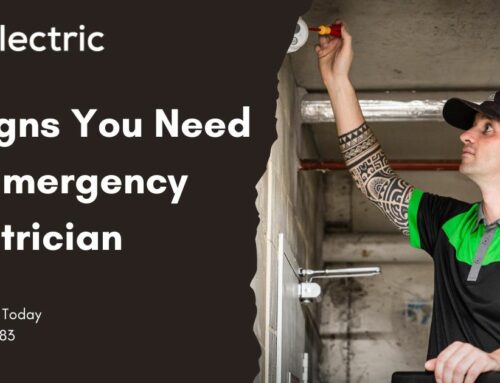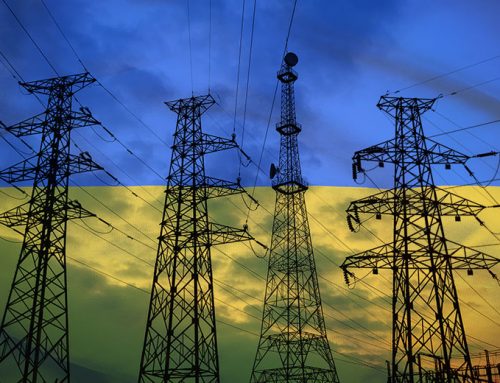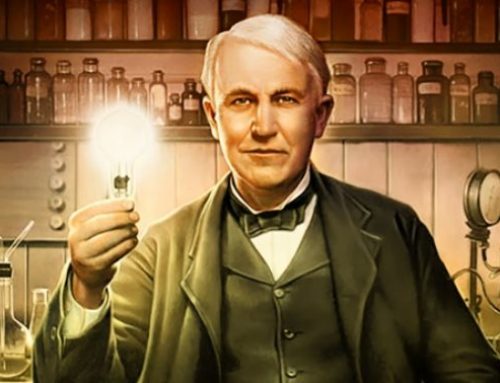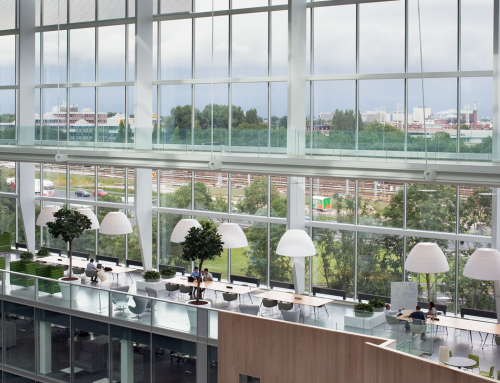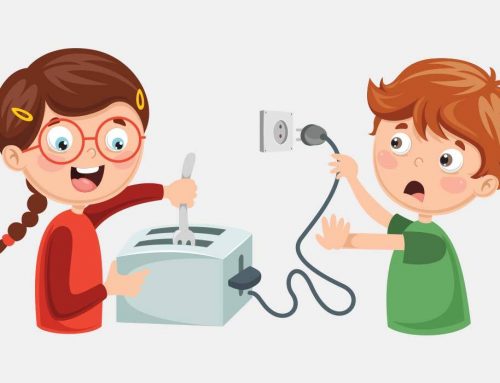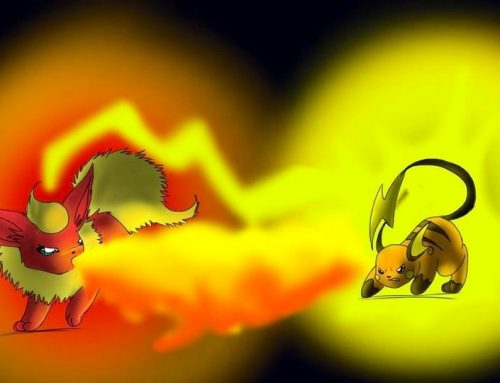Like me you may have been hearing a lot about Electric Vehicles (EV) over the last few years. All this talk about global warming and emission targets bubbling away on the political stage, here in Australia and around the globe. EVs are considered one of the big transformations necessary to seriously lower carbon emissions in urban areas. Electric vehicles: The EV situation in Australia is still only in its infancy for a variety of reasons. We have had 10 years of a backward looking federal government trying to delay progress in this space. The narrative around cars in Oz has always been that we are a big country needing petrol pumping and diesel powered beasts on our highways. This story reckons that EVs don’t measure up in terms of performance on our roads. Well, a closer look into the state of play today begs to differ when it comes to EVs in 2022/23 and beyond.
EVs Ready to Rumble & Roar on Aussie Roads
Yes, Aussies love their cars and the ghosts of Holden still roar around Bathurst in the minds of many motoring enthusiasts. The sound of the engine under the bonnet is pretty important to a passionate subsection of the driving demographic. Rev-heads pay heed to what I have to say from this moment on. Well, in case you haven’t heard the new EVS throb with sounds to make your naughty bits tingle and chests swell in manly pride. The next generation of EVs pack a motoring punch too in terms of performance when the foot is pushed to the metal. The $50K Chinese BYD Atto 4/Seal will get 0-1—km/h in 3.8s and has a range of up to 700 km per charge. The Mini Cooper SE Electric from $55, 650 is made by BMW and gets 0-100km/h in 7.3s and has a modest range of 233km (a city car for sure). Volvo has a Polestar 2 from $55, 900 made in China can get 0-100km/h in 7.4s and 470 km range. Kia Niro II EV from $63, 300 this spacious car gets 0-100km?h in 7.8s and 463 KM from a charge. Tesla Model 3 from $63, 900 is the best selling EV in Australia. It gets 0-100km/h in 3.3s and 491 km charge range.
The Range of EVs Rapidly Expanding in Oz
There are plenty more examples like these and the range of EVs available in Australia is only getting larger by the day. Electricity powers our modern lives and it is time to take this dominance to our streets and freeways. One of the main concerns holding many folks back on converting to an electric vehicle is the availability of charging stations. The fear of owning a car you cannot run is a bit like using a public amenity and discovering that there is no toilet paper. Remember our obsession with having enough loo paper during the pandemic lockdowns. The petrol station has long been an Australian icon on our highways offering fuel and fast foods for our mobile lifestyles. The shift from pumping liquid petroleum from tank to tank to charging our cars like our mobile phones is as much a behavioural matter as anything else. The convenience of the many available fuel stations in the city and how quickly you can fill up remains a sticking point for the majority of us, when considering whether to buy an EV.
Charging Your Electric Vehicle in Australia
Currently, it takes a lot longer to charge an EV than to refuel with fossil fuels. Recharging your EV at home from a normal 2.4kW power point will take more than a day to fully get the job done. A 15Amp power outlet can do this overnight in 7 to 12 hours. Employing a 22kW fast charger can recharge a battery in 4 to 7 hours. Whilst the 50kW fast charger can rapidly recharge in around an hour. The EV industry has come up with new terminology to understand this brave new world of charging your vehicle.
Level 1 = AC trickle charging
Level 2 = AC fast charging
Level 3 = DC rapid charging
If you buy an EV and decide to just stick with your current home set up you will be at Level 1 and just a trickle of alternate current (AC) from your standard 240V socket. The smarter move after purchasing your new EV is to upgrade to Level 2 AC fast charging. This will enable you to fully top up your plug-in hybrid overnight. Alternatively, for even faster charging you can install a wall box EV charger to increase your power options to 7.2kW. This can cost you between $1000 to $1500 for the charger itself, plus the additional cost of electric vehicle charger installation. Three-phase power can increase your charging to 22kW capacity if you have 415V power available.
Many of the public charging points are Level 2 – either 7.2kW or 22kW. GET Electric in Melbourne has opened a hub of 22kW chargers in Port Melbourne. This will assist in servicing those living in apartments without access to ground parking chargers.
There are public units offering Level 3 – DC rapid chargers from 50kW up to 350kW. These include Tesla Superchargers, which make long distance driving for EVS possible by drastically reducing the downtime required for recharging over the journey. In Sydney, there are currently 187 publicly available charging stations, according to EVSE. This number is increasing all the time and with a new federal government supporting the shift to EVs get ready for a quantum explosion in this space.
Speaking of charging infrastructure, the increasing popularity of electric vehicles like the Tesla Model 3 highlights the importance of reliable and efficient charging solutions. As more Aussies embrace electric mobility, considerations for convenient Tesla charger installation become pivotal for enhancing the overall EV experience.
There are maps available online for where you can charge your EV around Australia:
Pop-up chargers are the go for EV car owners who don’t have off-street parking in inner-city Melbourne. The City of Port Phillip, which includes Albert Park, St Kilda, Port Melbourne and South Melbourne suburbs, is trialling this technology for residents. The pop-up charger is embedded in the footpath outside the home so residents can charge their EVs kerbside. The technology is called Kerb Charge and provides the infrastructure for charging in a safe and efficient manner. There will be more such innovative developments as the electric vehicle transformation continues to gain pace here in Australia.
Plug Types
Plugs and sockets for EVS and chargers, as with mobile phones, can be an issue so ensure that you get the right stuff to match your EV’s requirements. Recent good news is the introduction of a standard for AC charging. However, DC rapid charging remains a hotchpotch of different plugs and sockets, so watch out. These are the details you need to be on top of when making your purchase of a particular EV and the associated recharging equipment.
The EV is the future of motoring here in Australia and around the world. Electric vehicles and the EV situation in Australia is unfolding with lots of bells and whistles for Aussie consumers to salivate over. It is an exciting space right now with plenty of momentum. We will see huge increases in the numbers of electric vehicles on our roads very soon. This will bring a network of fast charging options around our cities and urban centres. It is time to electrify your life even further with current powering your four wheels for the betterment of the planet and, ultimately, a cheaper motoring experience.
➜ Get the most out of your EV ownership – check our EV Charger Installation Requirements in Australia guide today!


